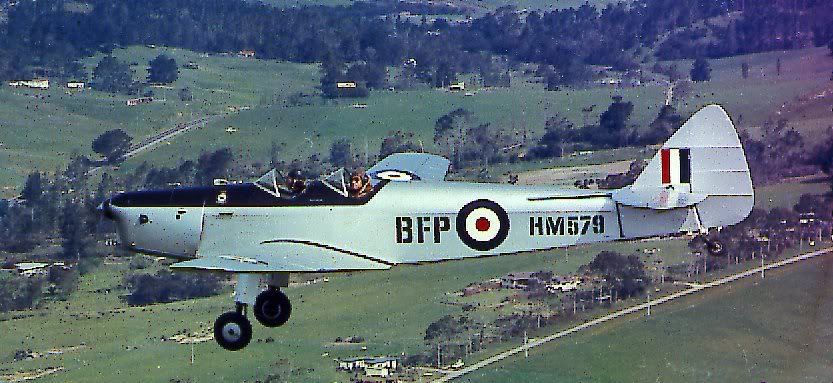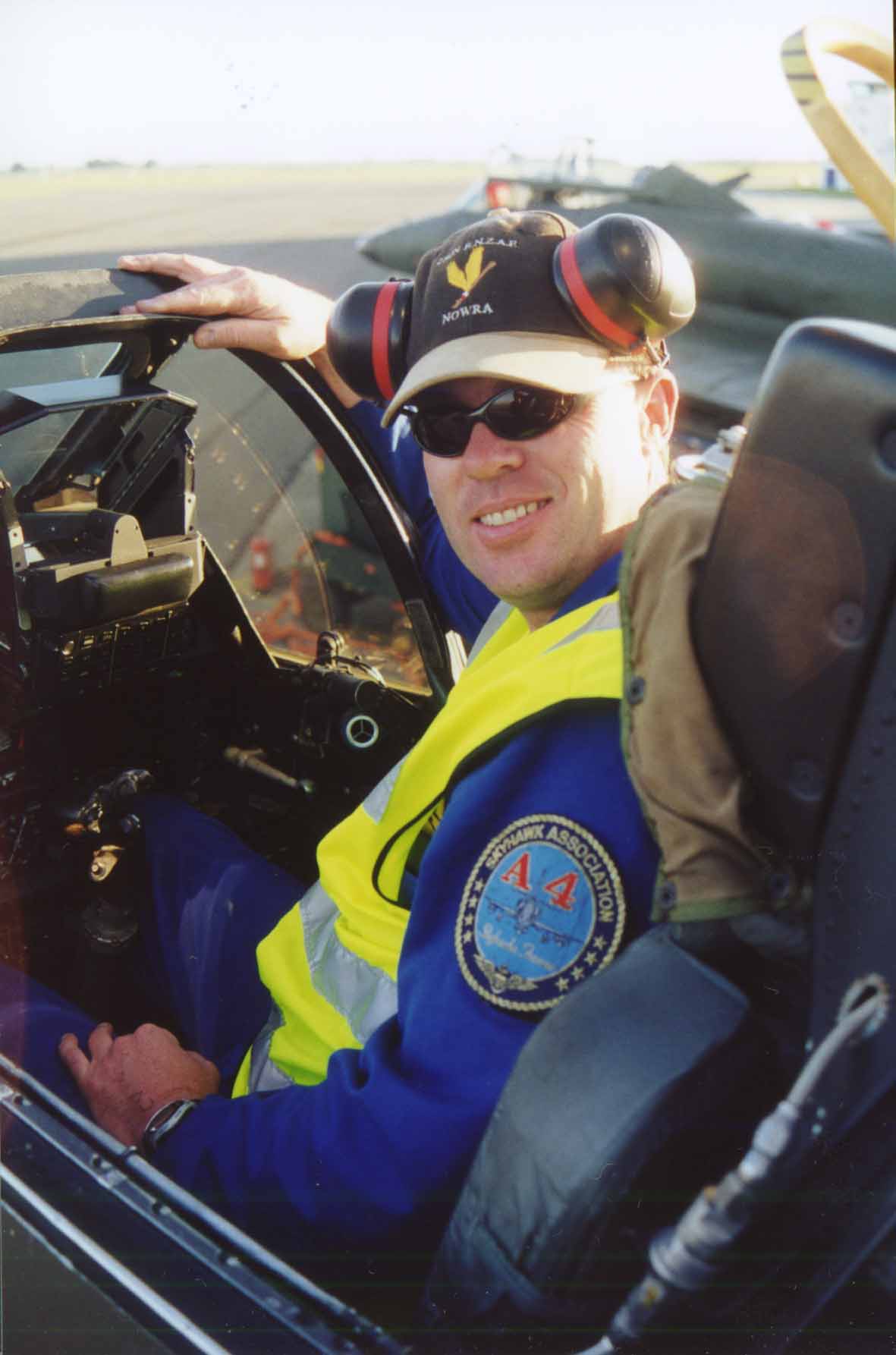Post by fyl on Oct 5, 2011 7:53:38 GMT 12
From Stuff article..
www.stuff.co.nz/world/asia/5732517/Kiwis-lost-terraces-uncovered-at-Gallipoli
Historians and archaeologists are thrilled to have found Malone's Terraces at Gallipoli, which were thought to have disappeared in the 96 years since the bitter World War I battle.
Modern technology uncovered the terraces created by New Zealand soldier Lieutenant Colonel William Malone, renowned commander of the Wellington Infantry Battalion.
Vital pieces were uncovered using non-invasive, advanced mapping and GPS technology, aimed at providing detailed information about the remnants of the 1915 battlefield.
Work focused on both sides of the frontlines, from Courtney's Post to Quinn's Post on the second ridge, said Culture and Heritage Ministry war historian Ian McGibbon.
"When Malone's men relieved the Australians at Quinn's Post in June, the position was in some disarray," Dr McGibbon said.
"Malone greatly improved the arrangements at the post, including creating the terraces as sleeping areas for close-support troops.
"From this time, Quinn's Post, which was a vital position on which the whole Anzac defence depended, was regarded as fairly secure."
The survey team also recovered more than 100 artefacts, including three water bottles with bullet holes, medical bottles, a tin pannikin, tin food containers, expended ammunition, glass shards, shrapnel and barbed-wire fragments.
Dr McGibbon joined 12 archaeologists, historians and researchers from Turkey and Australia to carry out the survey.
Colonel Malone's body remained on Chunuk Bair, one of 310 Wellington soldiers with no known graves.
www.stuff.co.nz/world/asia/5732517/Kiwis-lost-terraces-uncovered-at-Gallipoli
Historians and archaeologists are thrilled to have found Malone's Terraces at Gallipoli, which were thought to have disappeared in the 96 years since the bitter World War I battle.
Modern technology uncovered the terraces created by New Zealand soldier Lieutenant Colonel William Malone, renowned commander of the Wellington Infantry Battalion.
Vital pieces were uncovered using non-invasive, advanced mapping and GPS technology, aimed at providing detailed information about the remnants of the 1915 battlefield.
Work focused on both sides of the frontlines, from Courtney's Post to Quinn's Post on the second ridge, said Culture and Heritage Ministry war historian Ian McGibbon.
"When Malone's men relieved the Australians at Quinn's Post in June, the position was in some disarray," Dr McGibbon said.
"Malone greatly improved the arrangements at the post, including creating the terraces as sleeping areas for close-support troops.
"From this time, Quinn's Post, which was a vital position on which the whole Anzac defence depended, was regarded as fairly secure."
The survey team also recovered more than 100 artefacts, including three water bottles with bullet holes, medical bottles, a tin pannikin, tin food containers, expended ammunition, glass shards, shrapnel and barbed-wire fragments.
Dr McGibbon joined 12 archaeologists, historians and researchers from Turkey and Australia to carry out the survey.
Colonel Malone's body remained on Chunuk Bair, one of 310 Wellington soldiers with no known graves.








